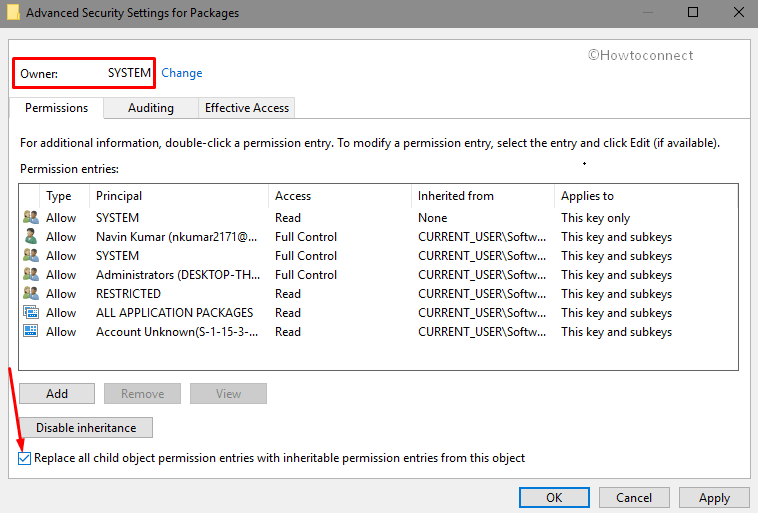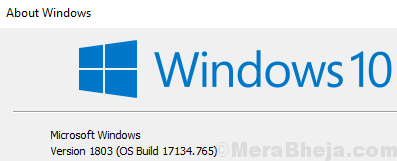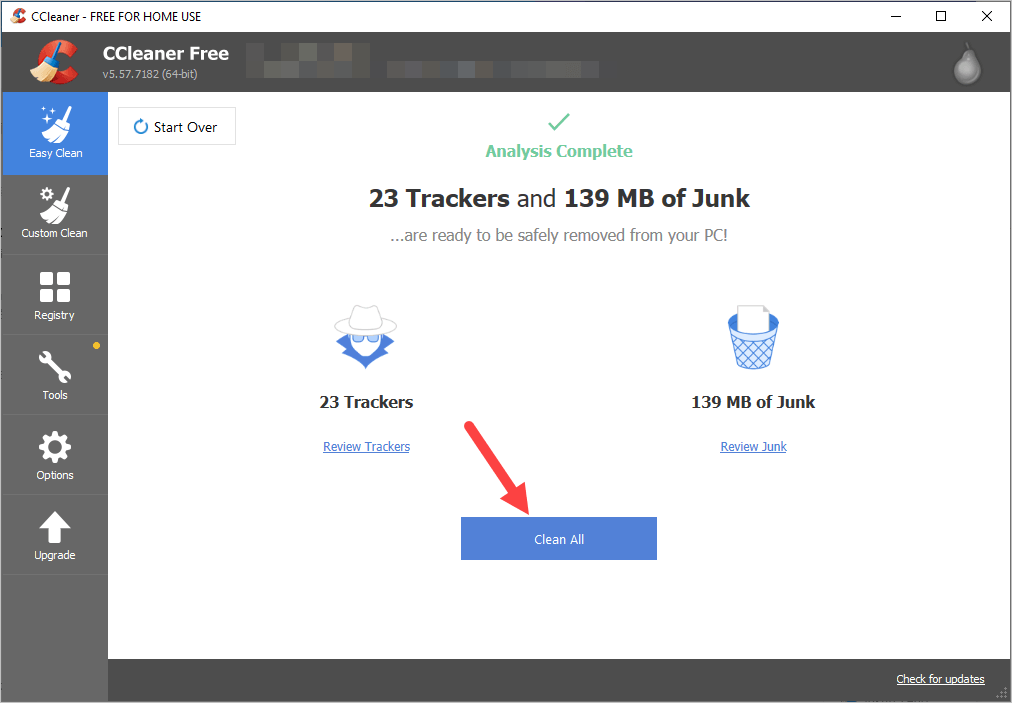

The /scanboot command scans all protected system files every time that you start your computer. This command requires access to the Windows installation source files. The /scanonce command scans all protected system files once.

You are usually prompted for the location of these files during the scan operation. This requires access to the Windows installation source files and also the installed Service Pack files. This command also repopulates the DLLCache folder with the most recent versions of protected files. The /scannow command scans all protected system files and replaces incorrect versions with correct Microsoft versions. The purging/synchronization processes are done by several of the possible command line options of sfc: I quite honestly have never had the need. The /purgecache option is only used after you have changed the cache size.

In order to restore the protections afforded by the Windows Protetected File System, the sfc utility (System File Checker) allows you to empty the cache, and restore identical copies of critical files to your active directories and to the backup. It can come to pass that the "backup" in the cache and the file version being actively used are out of synch, or that both are corrupted (say, by a virus). If a critical file is accidently deleted, modified or corrupted, it is replace automaticly from this cache. XP protects critical system files by making a backup to a cache.


 0 kommentar(er)
0 kommentar(er)
